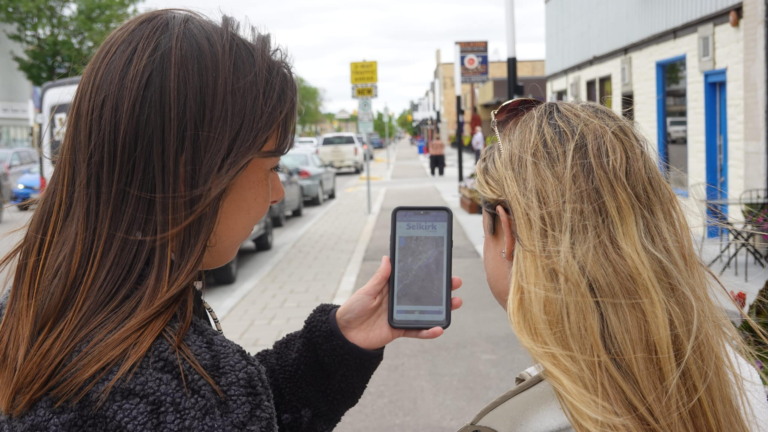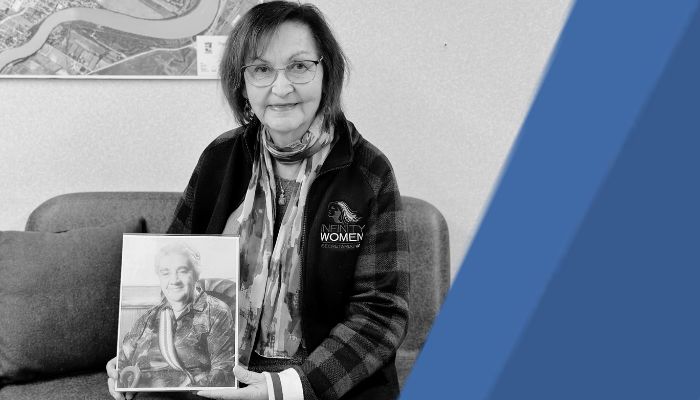Here’s some history for you – what we now refer to as simply ‘online’ used to be known as the information superhighway, and if you’re travelling on it, it should take you somewhere. For those who’ve discovered SelkirkMuseum.ca, the destination has been joyous.
Five years after it launched, the City of Selkirk’s museum, which is virtual at this time, is alive and well, and connecting generations through real-life memories that are suddenly once again vivid.
The museum is doing exactly what the city had hoped for when it scrolled out those first posts in 2018 and encouraged visitors to the site to provide feedback.
There was an understanding that it would take time to become populated and for people to find it and ultimately embrace it, and that time has come.
Taking a trip down memory lane
Regular promotion and posts to social media drive online cruisers to the site, and feature things like old photos and quizzes, and folks are having fun with them.
“We post once or twice a week and it’s fun for people to play along with those,” says Ellie Longbottom, the city’s Culture Coordinator.
“The comments we’re getting are all positive, people are recognizing family members, like grandparents, and if there’s old buildings, they’ll comment that someone in their family used to work there. If we post group photos and we don’t know all the people in the photo, people comment and tell us, ‘that’s my aunt, or my uncle’. They’re really engaged.”
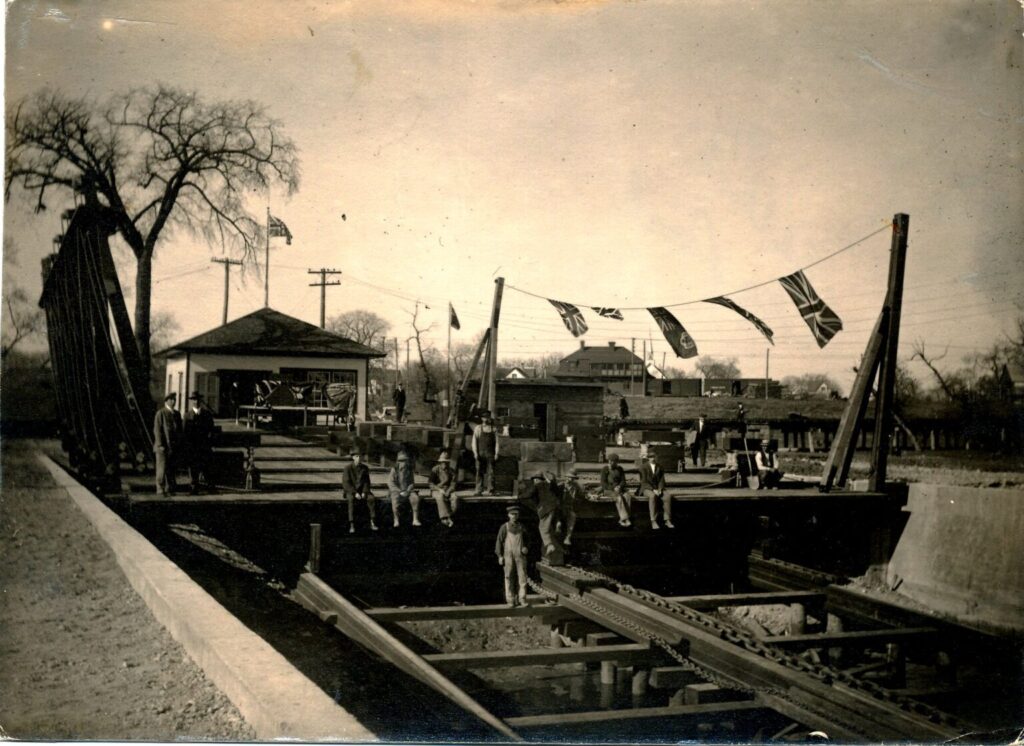
In 2018 the museum was a work in progress. It still is, and always will be, as history is being made each and every day. But the amount of content on the site has ballooned and funding has allowed the city to hire a dedicated staff person.
Laying the groundwork for a physical museum in the future
The vision of the Capturing Our Shared Heritage paper imagined a museum becoming a reality in Selkirk one day and called for the establishment of the Selkirk Heritage Endowment Fund (SHEF), which would provide funding towards that future museum.
While most museums are of the brick and mortar variety that eventually add a virtual component, Selkirk has chosen to reverse the formula.
“The virtual museum was established by council adopting the Selkirk Virtual Museum Strategy. The purpose of this work was to start the collection and curation of artifacts and exhibits – offering them online, but also laying the groundwork for a physical museum in the future,” said CAO Duane Nicol.
There are more than 80 exhibits on the museum site and there are numerous shorter blog posts. Exhibits, Longbottom explains, are a more in-depth look at a topic and include written histories, photos and video/audio interviews with family members.
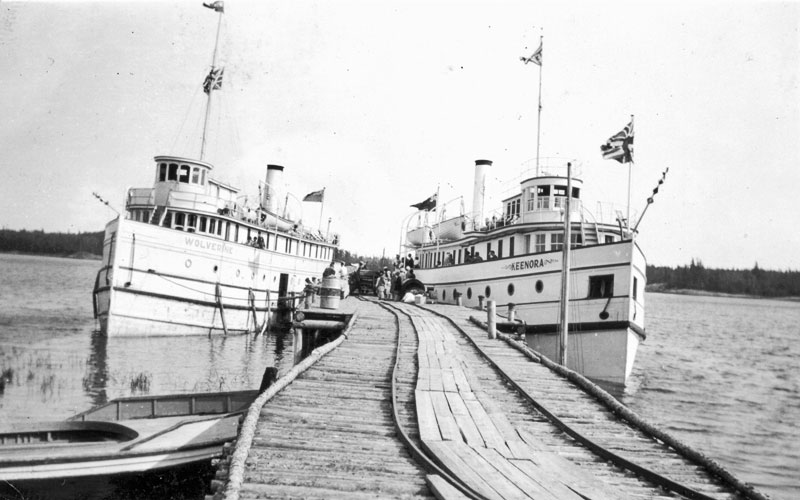
Individuals with impact on community
The city’s recent purchase of the Garry Theatre and the survey it initiated to ask what should become of the Garry showed how beloved the theatre is. More than 1,000 people completed the survey – an astounding participation rate – and the exhibit continues to tug at people’s heartstrings and keep the conversation going.
Susan Quinn got an unexpected surprise on her dad’s birthday when she was browsing online comments about the Garry. Her dad, who passed away two years ago at age 93, was Len Manahan, who worked at the Garry from the time he was 18 until he retired at 65.
“Our family, we were theatre kids and we were a theatre family. The heart and soul of the Manahan family is in that theatre,” Quinn said.
For her, he was her dad, and his impact on the community wasn’t fully understood by her until she read the comments.

“I was seeing things online, and I can’t remember what post exactly came up about the theatre, and I read every one that comes up, and I had noticed that everyone started making comments about my dad, and I was like, ‘wow, what’s going on here?’,” Quinn said.
“How coincidental is it that people are saying all these nice things about my dad and it’s his birthday, Sept. 29, that would have been his birthday.”
It was a total coincidence, and it made Quinn’s day, and her mom’s too.
“Somebody said ‘I remember Mr. Manahan,’ and somebody else chimed in and then the chain started. They just talked about lovely things, and it was of course about bringing the theatre back and it would be nice to have Mr. Manahan. It just came back through the conversations of the community,” Quinn said.
“It was like a little birthday gift to him.”
Women in history
Marcella Vezina appears in a series of videos featured both on the museum site, as well as on the museum’s YouTube channel, for the Elsie Bear exhibit. Elsie was her aunt, and in the four-part series she talks about many things, including Elsie’s involvement in the start of the Manitoba Métis Federation in 1967 and a year later the establishment of the Selkirk chapter. Elsie took her to her first Métis Women’s meeting as a young adult and gave her plenty of good advice.
“I remember going to a Métis Women meeting with her when they started to organize and this is the advice she gave me. She said ‘now my girl you come with me to this meeting and you gotta go out and gotta make yourself available. And when they want a volunteer, you put your hand up, you put your hand up right away and they’ll see you’re interested and then you’ll get to be involved, just like that. And she also said ‘bring a big purse with you because there’s always leftovers and you can always take the leftovers home,” Vezina laughed.
“That’s what she told me and I’ll never forget that. And I’m still involved with the Métis Women to this day.”
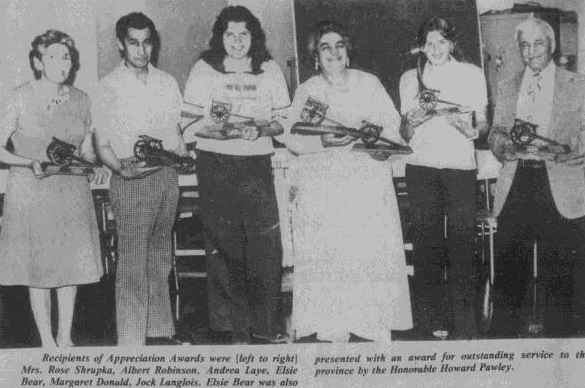
Elsie Bear went on to become a Manitoba Métis Senator who played a role in crucial advancements for Métis people, including the establishment of the National Council of Métis Women in 1992.
Vezina, 83, is proud to be able to share her aunt’s legacy with a new generation.
“These things are very important. They are history, so I’m looking at it this way, if we don’t get out what we know anytime soon, soon it will be too late.”
She has memories of Selkirk of her own that date back to when she was a little girl, and she’s thrilled the city has established the museum online to keep history alive.
“I believe in history, you see, and I think the only chance we have to collect this history is now from whoever is around and whoever remembers the most of Selkirk life and the lifestyle that’s been there,” she said.
“It’s changed so much in the past I would say 25 years. Before that it was a totally different place.
“I remember when there was a fish plant down on the dock and the fish were brought in there and I remember all the things that went on then. Then all the sudden that was gone, they shipped that fish plant up to Transcona and so that was the end of that.”
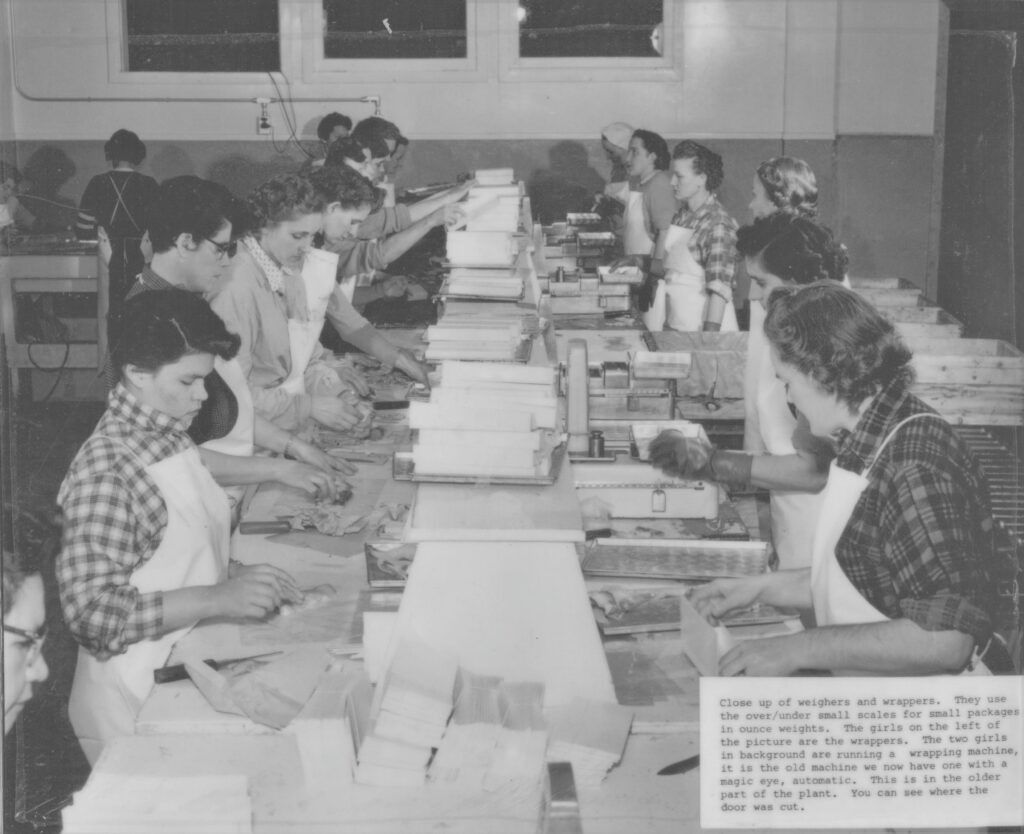
Quinn is glad the museum exists as well.
“I don’t live in Selkirk anymore so that is my connection to Selkirk. I love reading stories about Selkirk, from the days that my mom was a girl there, growing up there, seeing people and houses, how the community was built. All those connections…and how else do you keep a community alive without the connections that you make. The pictures, the conversations, and the stories, they all build a community and they keep the past and the present and the future together. That’s important.”
The City is a museum
The city’s fishing history and many other aspects of early Selkirk life are told on the museum site, in various formats. You can even take the museum with you as you walk around the city.
From the beginning, the museum featured virtual, self-guided tours, the first being the Streets of Selkirk. There’s an interactive map and an icon shows where you are on the tour and guides you along. In the streets tour, when you arrive at a specified street, you simply click on that street and read about its history. The streets tour concentrates on street names along Eveline Street, There are two other tours available – Historic Houses and Manitoba Avenue.
The tours are also available on the Driftscape app so that you can walk or bike and follow along on the app. You can even download them so you can take the tour offline.
“The virtual museum was designed not just to be a museum for the city, but to help use the city as a museum,” Nicol said.
“The street tours facilitate this, as do the interpretative panels located throughout the city with QR codes that deliver more content. History is all around us and has helped shape what we see today.”
Museum always expanding
The museum is funded in part by grant money that’s paid out from the Selkirk Heritage Endowment Fund (SHEF) and that funding helps pay for the staff person, which has been critical to the expansion of content.
A Selkirk Museum newsletter is in the works and there’s post cards, prints, tote bags, puzzles, and soon to be more available for purchase through the city’s online shop at MySelkirk.ca/heritagecollection.
Never miss a beat or the chance to learn more about Selkirk’s history by following along at SelkirkMuseum.ca or through social media @selkirkmuseum on Facebook, Instagram, X (formerly known as Twitter) and the YouTube channel that is packed with bite-sized videos.
